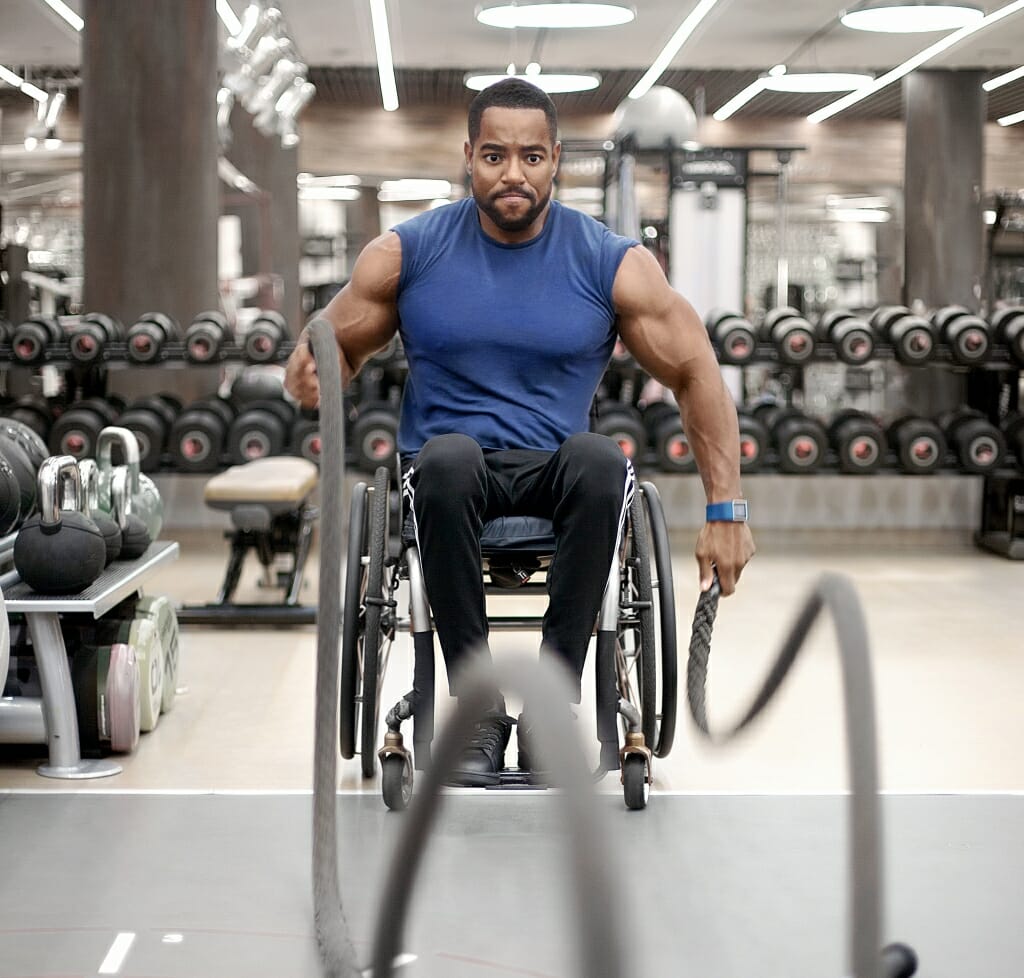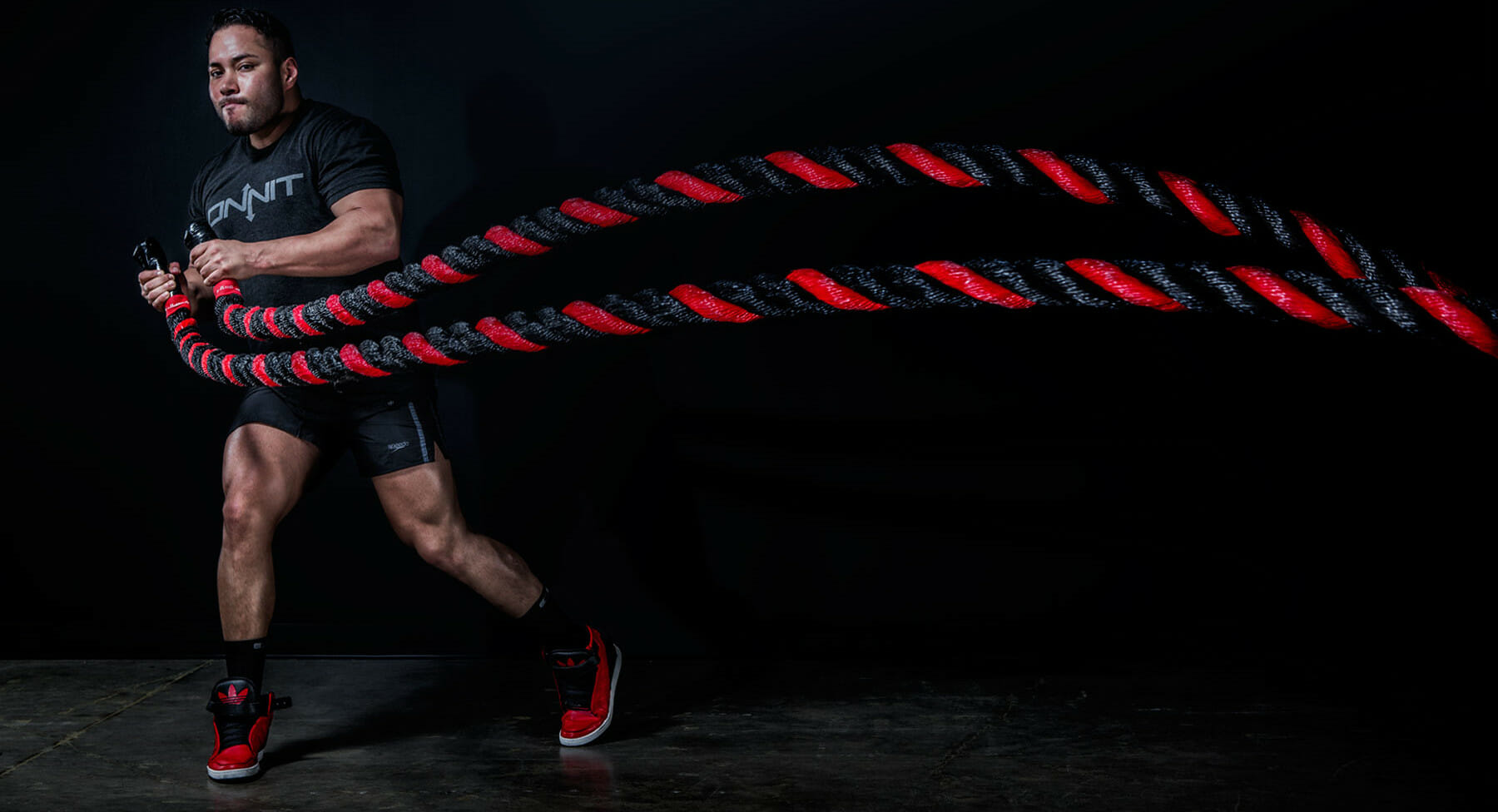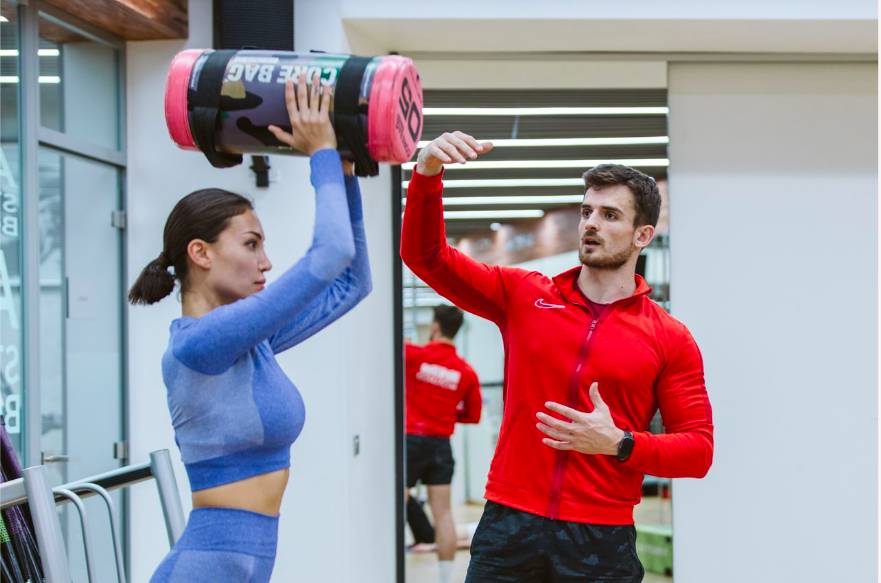Cedric Hopta, the Ambassador of Worldclass Monaco explained all the advantages of the unique training technique with a rope.
HelloMonaco: Could you explain the objective of this type of training?
Cedric: Training with a rope is high-intensity functional training. Its purpose is the development of endurance and explosive strength, strengthening the stabilizing muscles, working the whole body: the upper and lower shoulder girdle and the muscular corset. Training with a rope came from martial arts. One of its advantages is that it doesn’t overload the shoulder joints.
HelloMonaco: Is it performed as an individual exercise or, more likely, as part of a complex set of exercises?
Cedric: This is a type of individual exercise which most often forms part of a circular workout.
HelloMonaco: What is it for? What muscle groups are involved? Why are models practicing these exercises so actively?
Cedric: The main advantage of training with a rope is the development of endurance, explosive strength, coordination and the inclusion of many muscles. This training strengthens the grip, the forearms, shoulders and back muscles. Accent can be put on almost any muscle. At the same time, due to the lack of large weights, such exercises are safe for the joints. Circuit training with the use of a rope activates the metabolism well, and thus contributes to weight loss; that’s why the ropes are often used by models, for example, the Victoria’s Secret angels. Working with the rope does not take much time, but at the same time it is the most energy-consuming form of training. It can be also used not only to increase the intensity of training, but also as a separate cardio session for rapidly raising the pulse.
HelloMonaco: What is the exact way to do this exercise?
Cedric: First of all you need to know how to position and spread the legs, how to bend your knees (if it’s needed), how to hold your hands and the direction of your head.
In the initial position the back is straight, legs are positioned at the width of the hips and slightly bent at the knees, the shoulders are straightened, the arms are bent in the elbow joints, the head does not tilt, the sight is directed forward. Before the start of the movement it is important to stabilize the body.

The purpose of the exercise is to create undulating movements in the rope. They can occur with different amplitudes and on different levels. In this case, you can use a different length and thickness of the rope, as well as apply a variety of types of grip. If you want to increase the burden on your legs, squat down. Make sure that the movement is made by the whole body. You can start with 30-second intervals and gradually increase the duration of the exercise, and reduce the rest time.
HelloMonaco: With what type of exercises can you combine the rope?
Cedric: The rope can be combined with any type of functional exercises.
HelloMonaco: What mistakes are most often made while doing this exercise?
Cedric: The major errors are rounded back, straight legs, raised shoulders, head tilting and un-locked body.
HelloMonaco: Are there any contraindications?
Cedric: According to the training technique, exercises with a rope are carried out in intervals, and the number and duration of sets is established depending on your physical state. Since the training with the rope is quite intense and raises the pulse, so, you should definitely consult a doctor for contraindications or any restrictions before starting this type of workout. For people with cardiovascular and respiratory diseases it is contraindicated. In any case, the first training should be done under the supervision of a personal trainer, who will assure that you follow the correct technique, and establish the right intervals of workout and rest, to control your heart rate.
HelloMonaco: Does the heart rate in this training matter? If so, what is the pulse-rate target range?
Cedric: As in any workout the pulse-rate needs to be monitored. It should not be higher than the maximum permissible. You can use the simplest formula: from 220 deduct age and multiply by 0.6-0.8. The resulting range is where the pulse should be during the exercise. However, everything is very individual and depends on the preparedness and health of the person.









